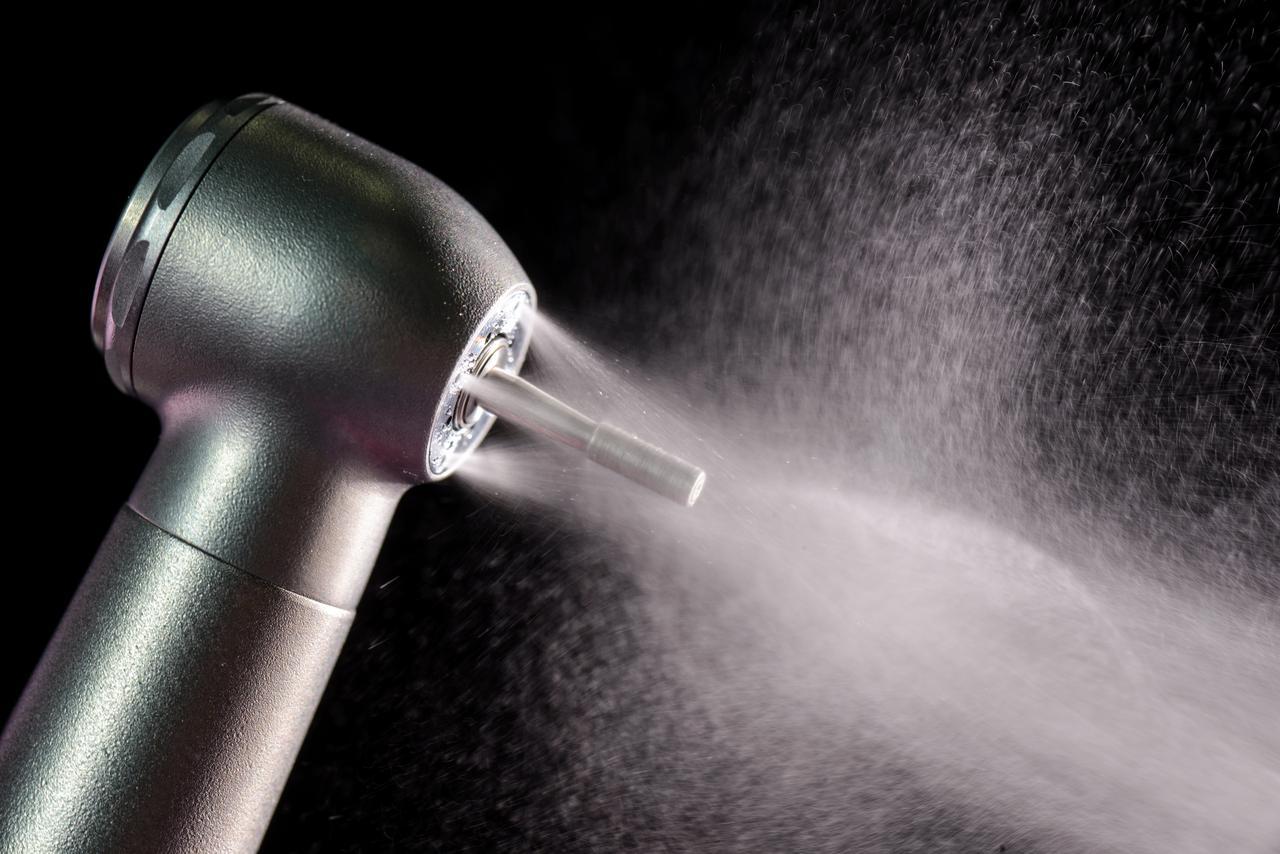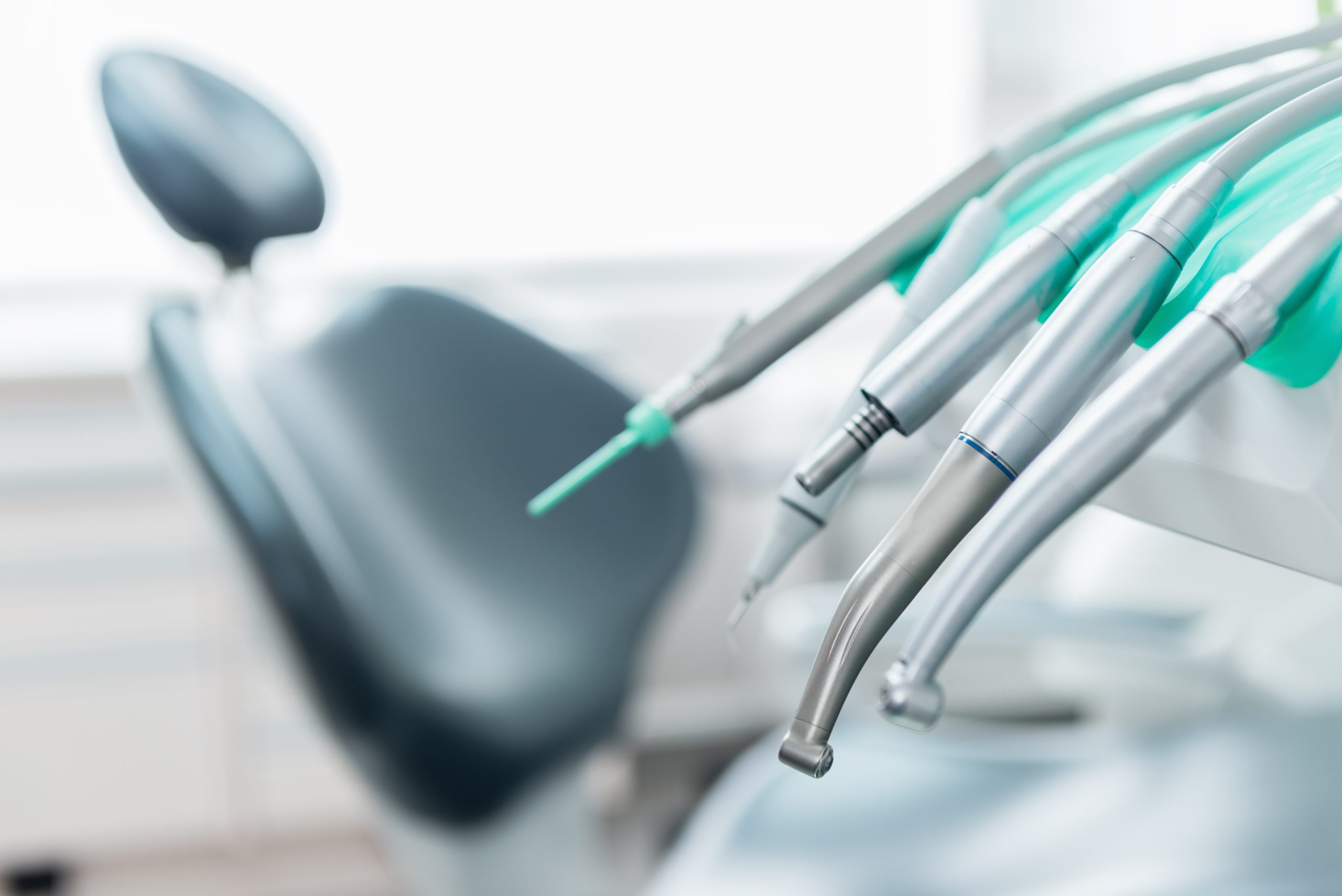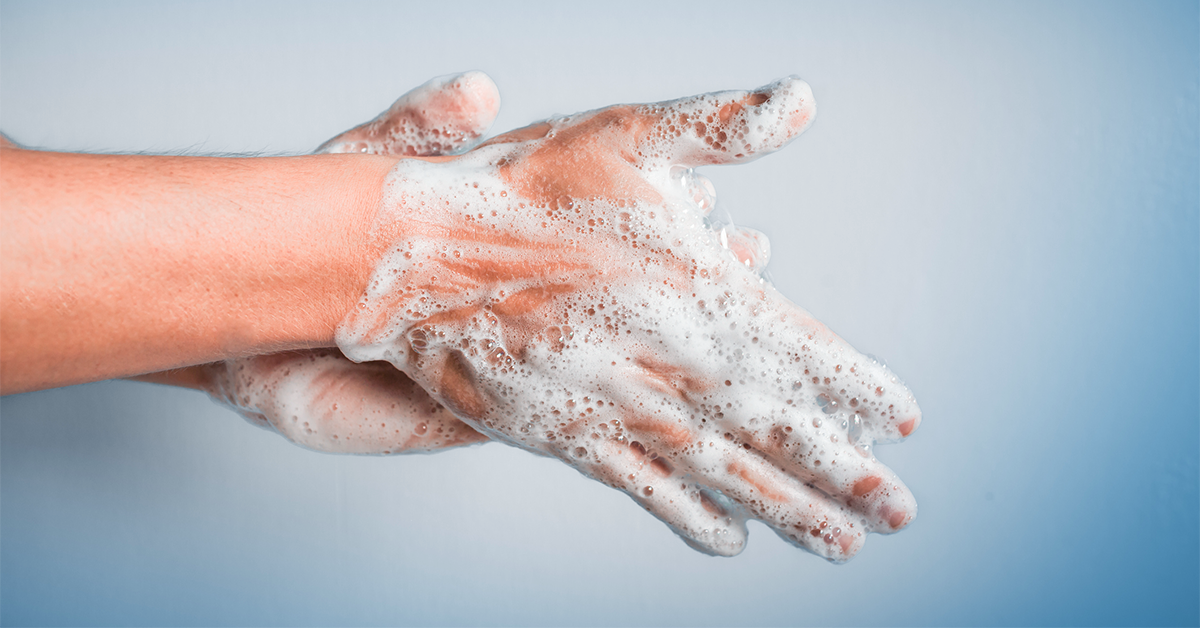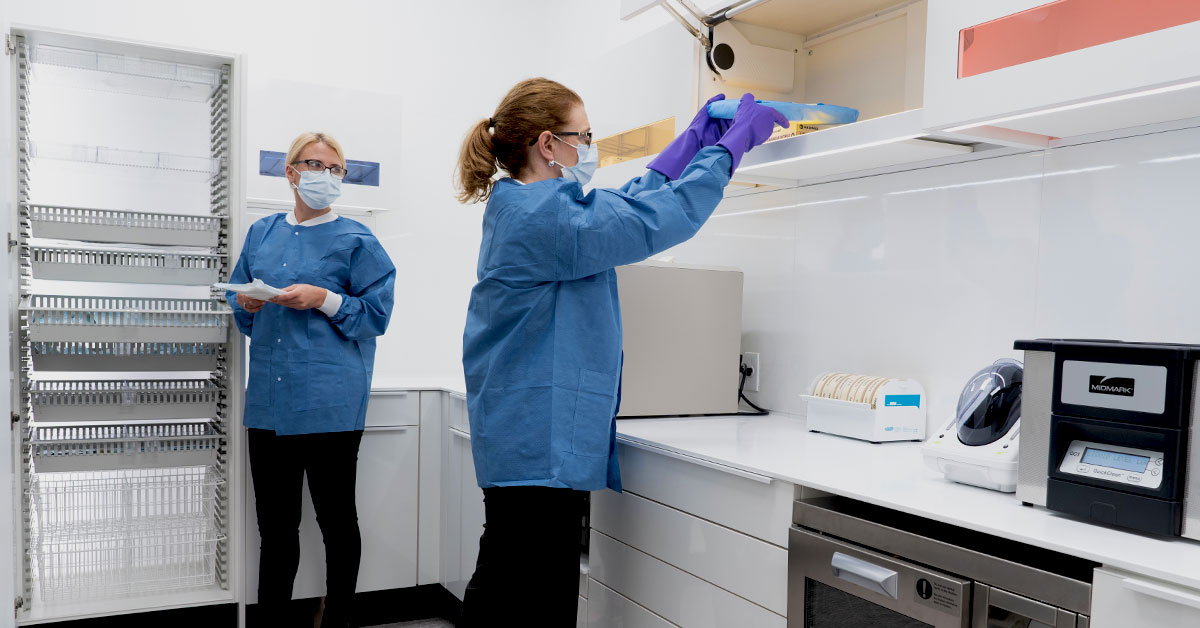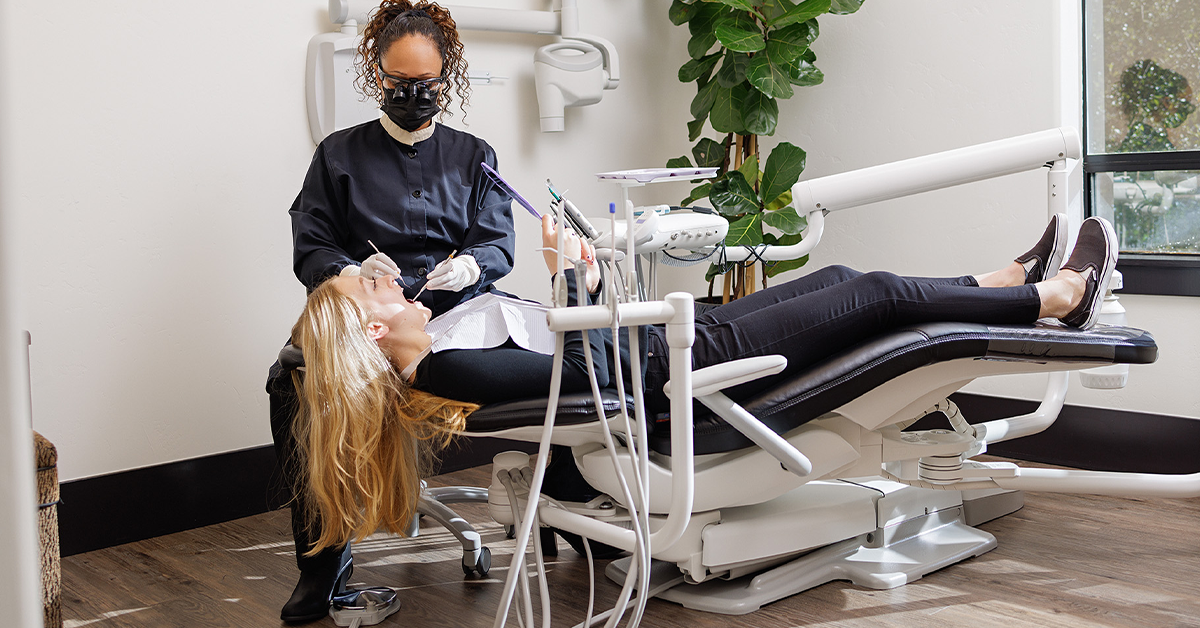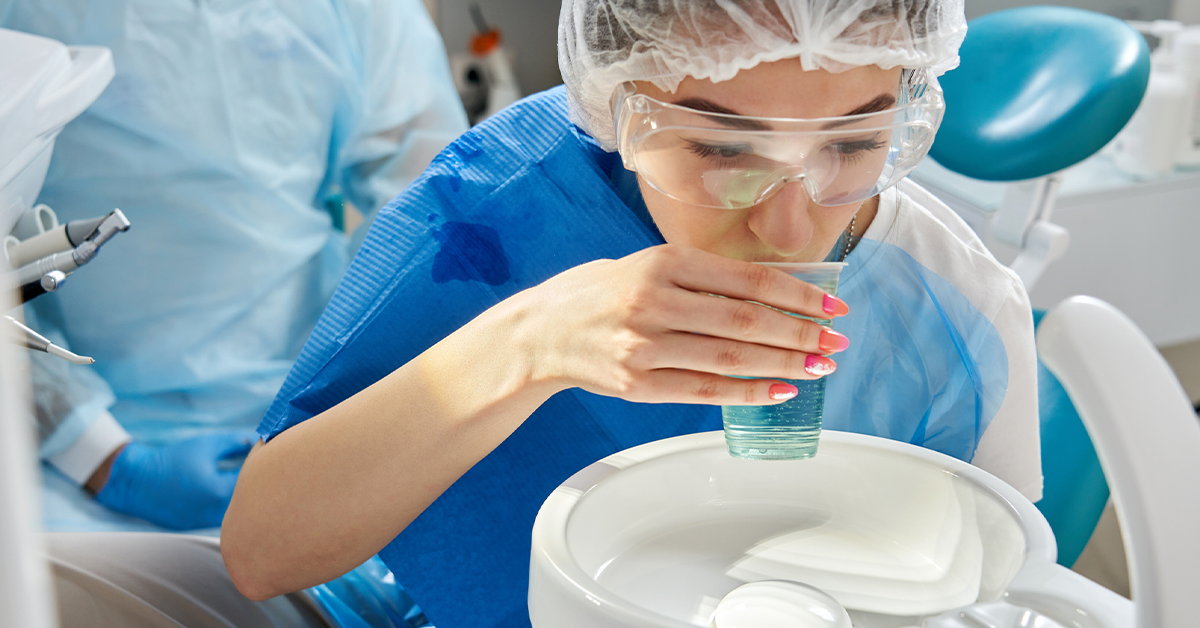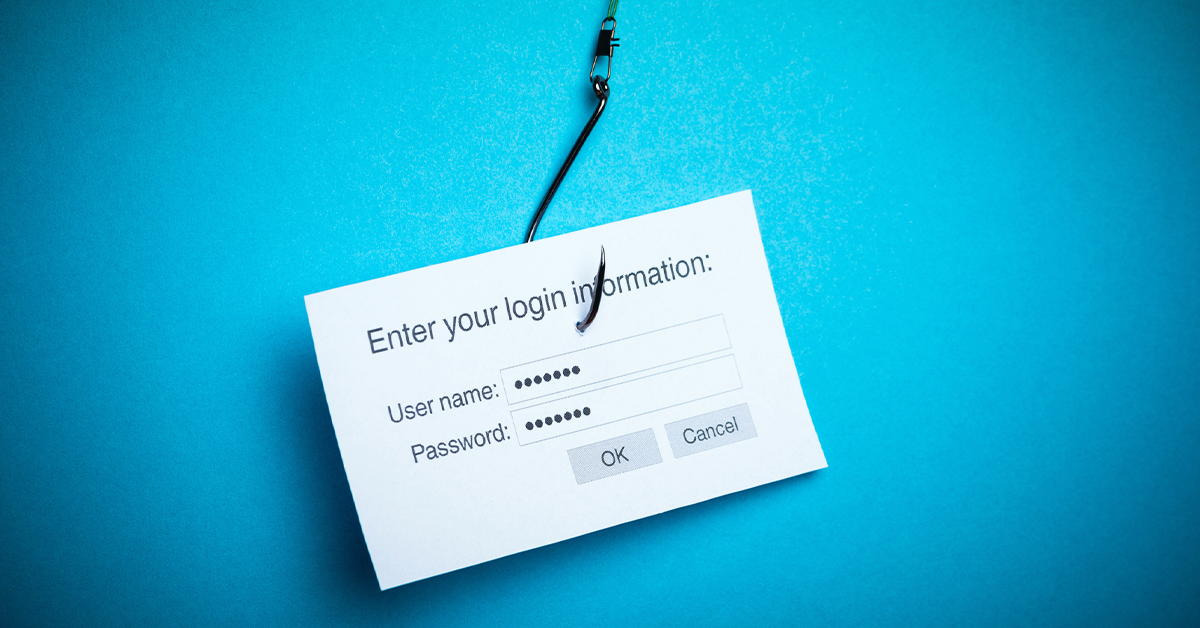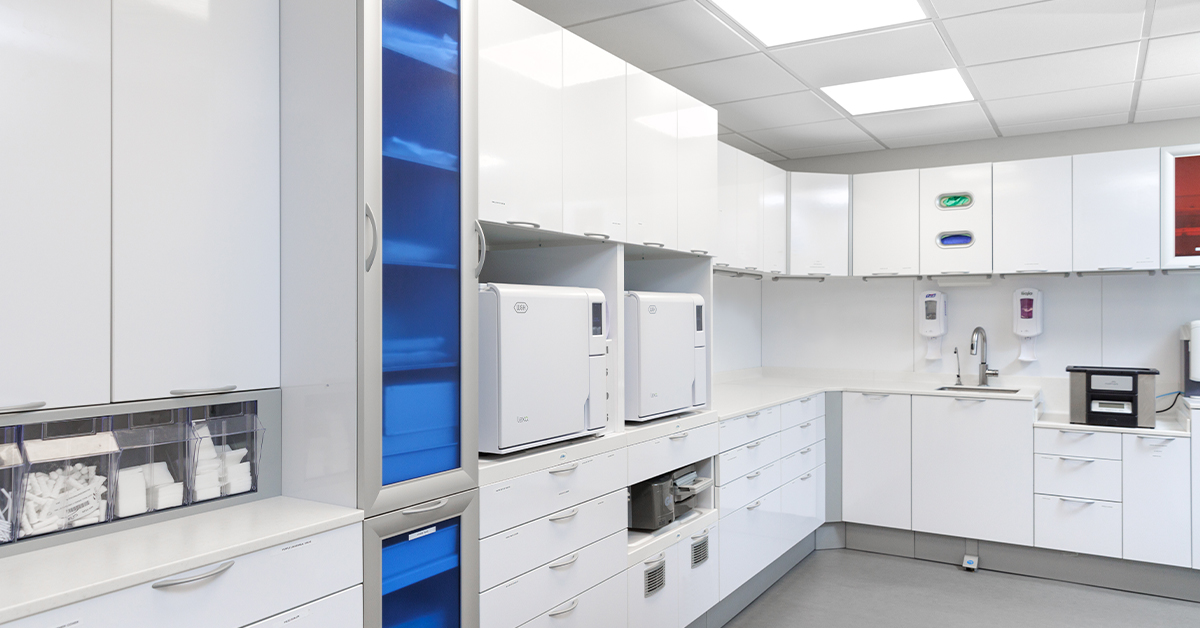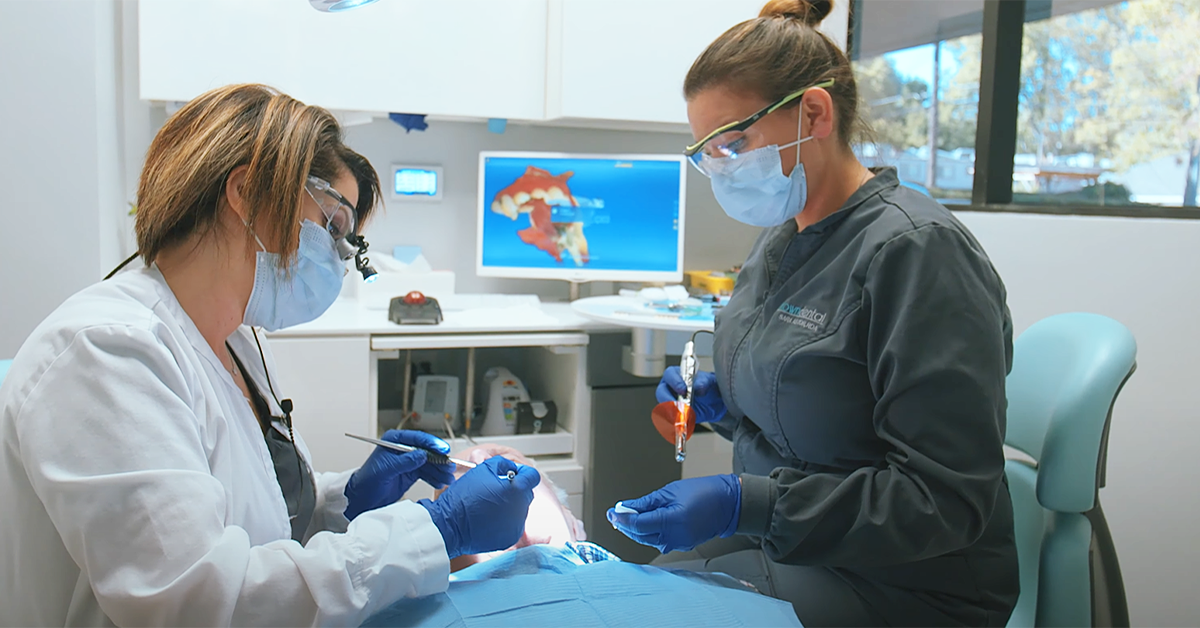Remediating Failures at Your Dental Practice
The dental waterlines have been tested; what are the next steps and what do you do with the test results? In part three of our water series blog we examine when and how to remediate failed waterlines, differentiate between shock and waterline maintenance treatments, and discuss recommendations for retesting. Proper implementation of a waterline maintenance protocol is a critical component of any comprehensive water management program. This step is key to the success in maintaining safe bacterial levels in dental unit waterlines.
Dental Unit Waterline Chairside Testing
Cybersecurity FAQ: What Dental Practices Need to Know
Discover answers to today’s most important questions about dental IT security and data compliance.
Dental Waterline Safety and Infection Control
Improving Ergonomic Reach, Visibility and Workflow for Better Storage
How Single-Visit Dentistry Sets You and Your Patients Up for Success
Brush up on hand hygiene for Global Handwashing Day
Proper hand hygiene is the most important step dental practices can take in the name of infection control and prevention. For Global Handwashing Day, we examine the history, challenges and best practices for hand hygiene in the dental setting.
The fastest way to access safety information in an emergency and stay OSHA compliant
Safety Data Sheets (SDSs) are required for all hazardous chemicals used in a dental practice or research facility. However, an SDS is only an effective tool if it can be readily accessed.
Ergonomic dental chairs and stools: Key features for pain-free dentistry
As a profession, dentistry includes repetitive reaching, twisting and turning that can lead to chronic back and neck pain. However, a good set of core equipment will enable and encourage comfortable patient positioning and provide excellent access to the patient’s oral cavity. Learn about the ergonomics of dental stools and patient chairs from A-dec.
A look back at COVID-19: Lessons learned from the height of the pandemic
Although COVID-19 still poses threats, much of what dental practices put in place during the early days of the pandemic continue to demonstrate important lessons about infection control and prevention, issues that have become paramount and will continue to be critical moving forward.
How dental practices can protect themselves from cyberattacks
Keeping your practice and patient information safe requires layers of protection and ongoing vigilance. Here are several steps dental practices should take to protect their business from cyberattacks, plus common misconceptions debunked.
The importance of safe dental instrument processing
Proper instrument processing not only extends the lifespan of your valuable investments but also helps ensure the safety of your patients and staff.
Creating a culture of safety at your dental practice
A team commitment to infection prevention ensures the health, safety and satisfaction of your patients and staff while protecting your practice from costly repercussions.

